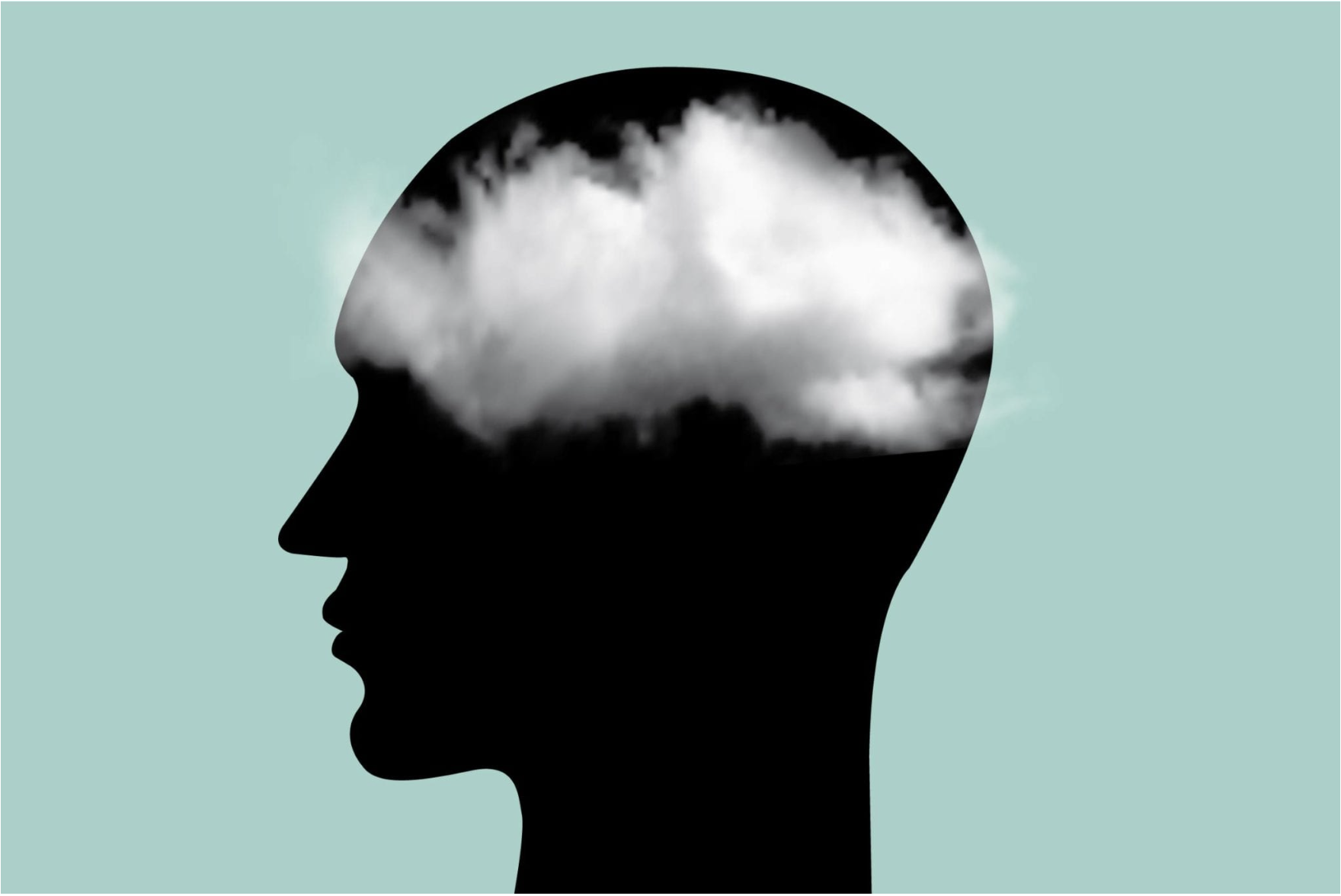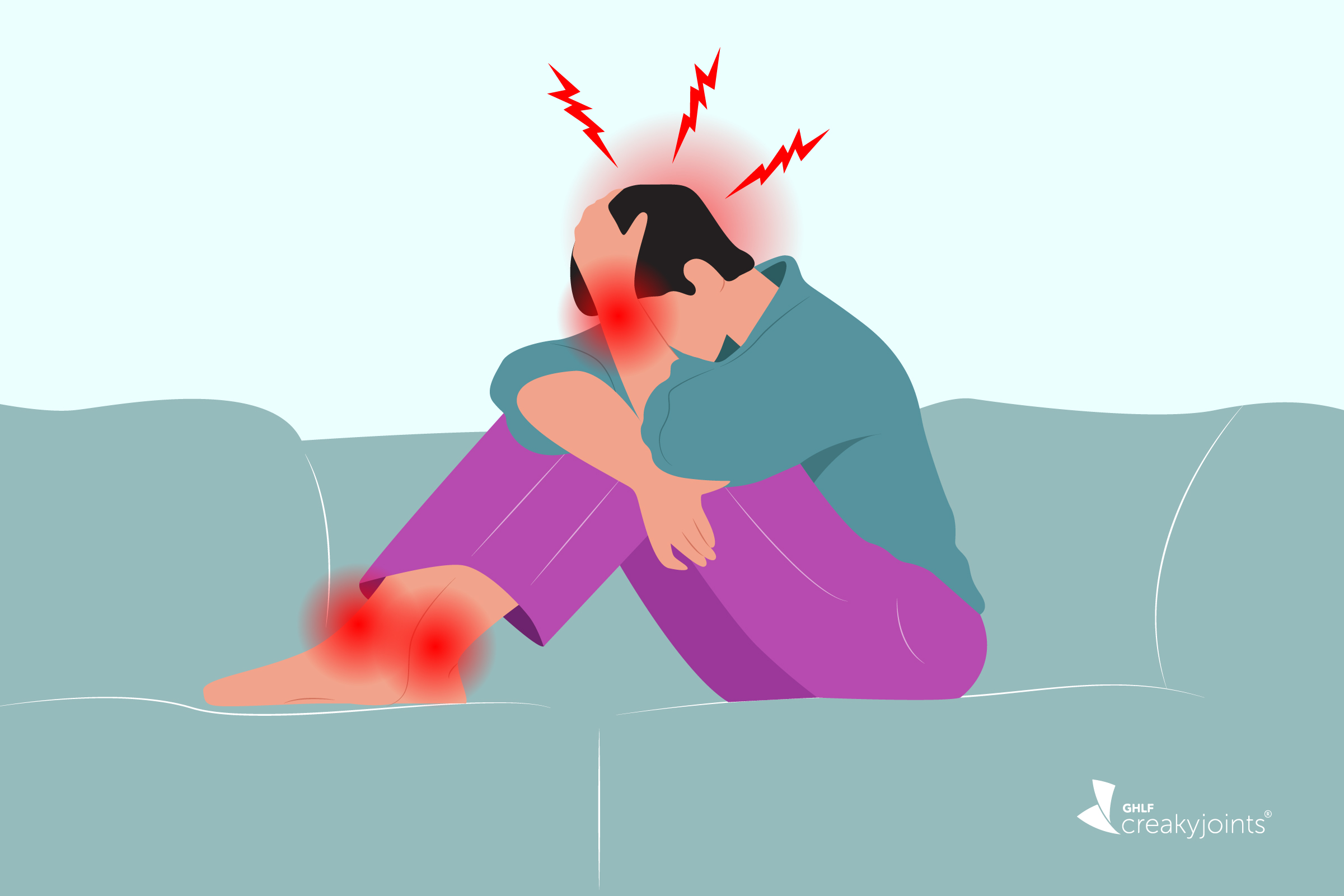The Up-End Migraine Project reveals key gaps in episodic migraine care, aiming to drive change and improve treatment options for patients through insights from both providers and patients.
MANAGING MIGRAINE DURING THE SUMMER: 6 TIPS TO ALLEVIATE ATTACKS
MANAGING MIGRAINE DURING THE SUMMER: 6 TIPS TO ALLEVIATE ATTACKS
June 26, 2020
Karyn Repinski

There’s so much to love about summer, but for people with migraine disease, it can be a season of misery. I know firsthand, because I’m a longtime migraineur who’s all too familiar with the pain, nausea, and sensory sensitivity that accompanies these neurological events — and summer is primetime for my attacks.
The week I was writing this article, which coincidentally was the first official week of summer, I spent two days in bed with the air conditioner blasting and the shutters closed to the brightly shining sun to help mitigate my migraine symptoms.
While not everyone with migraine is equally summer sensitive, there are a host of reasons that summer is often no picnic for migraine patients.
“The things that really exacerbate migraine for our patients are extremes of heat and especially high humidity,” says Merle Diamond, MD, president and managing director of the Diamond Headache Clinic in Chicago, and a board member of the National Headache Foundation. “When there is high humidity, there tend to be more storms,” she explains. “And when barometric pressure is flip-flopping [as it does before a storm and a shift in weather patterns], that’s a trigger for migraine.”
Lower barometric pressure, which is typical for hot, muggy summer days, is thought to cause a dilation of blood vessels in your brain that triggers a migraine. Even a small decrease in barometric pressure can have this effect, according to one small study of migraine patients who kept a headache diary. After comparing these diaries with the barometric pressure changes noted at a nearby weather station, researchers found a direct correlation between lower atmospheric pressure and the onset and duration of migraines.
As for heat, one Harvard University study found that a nine-degree Fahrenheit increase in temperature correlated with a 7.5 percent increase in the likelihood of a migraine attack severe enough to require an emergency room visit.
But weather isn’t the only thing that may bring on migraine attacks during the summer. Other triggers include dehydration, bright light, certain foods, and even the “lazy days” aspect of summer.
Read on to learn about how to successfully sidestep these seasonal saboteurs and stave off or minimize summer migraine attacks.
Keep cool
You may not be able to control the weather, but you can plan for it. On especially hot days that means being in air-conditioned spaces as much as possible. When you have to be outside, take breaks and wear a hat — it will keep the sun off your head so you stay cooler.
Special hats like those from BluBandoo, which are embedded with crystals that turn into a cooling gel when activated, can help keep you beat the heat for hours. In a pinch, I press a cool gel pack against the back of my neck. Like chilling other pulse points, including the insides of your wrists and your temples, this sends a signal to the part of the brain that regulates body temperature, causing a cooling sensation across your body.
Another stay-cool tip: Change your schedule so you run any necessary errands or exercise first thing in the morning or in the late afternoon or evening, when it’s not as hot. As much as possible, avoid the sun between 10 AM and 2 PM, when it tends to be hottest.
Stay hydrated
For some migraineurs, even mild dehydration — caused by heat or physical exertion — can bring on a migraine attack. “Dehydration probably has multiple effects that lead to migraine, including constriction of blood vessels, abnormal processing of sodium, potassium, and other electrolytes across neurons, and decreased processing of accumulated toxins,” says neurologist Noah Rosen, MD, director of Northwell Headache Center in Great Neck, New York.
The migraine diet recommended by the Diamond Headache Clinic suggests drinking six 8-ounce glasses of water daily. But in the summer, when you can lose a lot of water and sodium through sweating, consider guzzling more to make up for what’s being lost. In one study, people who drank an additional six cups of water on top of their normal daily intake reduced pain severity during migraine attacks and had 21 fewer hours of pain than those who didn’t drink extra water.
Drinking water isn’t the only way to rehydrate: Many fruits and vegetables, including watermelon, grapes, lettuce, celery, and tomatoes, are more than 80 percent water by weight, which makes them great hydration options for those prone to migraine.
Wear sunglasses
Bright, intense light, such as sunlight, can trigger migraine to varying degrees. In some people, it’s one of several common triggers, while in a subgroup of people, it’s the only trigger. “The sun may be a trigger because of the direct effect on light receptors in the eye,” says Dr. Rosen. “The activation of these alone may be enough to stimulate migraine.”
Since it’s usually sunnier in the summer, “being able to shade your eyes is super-important,” says Dr. Diamond. Wear sunglasses or transition lenses and a wide-brimmed hat when you’re outdoors. Blinds or curtains over your windows can block the sun when you’re indoors.
Watch your diet
Some summer staples, including processed meats (like hot dogs and cold cuts) that contain the food additives nitrite and nitrate, can provoke a migraine attack. They also often contain another migraine-triggering food additive, MSG (monosodium glutamate), as do many chips and condiments like mayonnaise, ketchup, and barbecue sauce.
And that rosé you prefer in the summer? It’s naturally higher in sulfites, another potential migraine trigger, than other types of wine. Pickled, fermented, aged, and marinated foods are also possible migraine culprits.
Keep in mind that migraine triggers vary from person to person, and factors other than what you ate or drank an hour or a day prior to an attack can also be at play. The key is to know your food triggers, which you can determine by following a migraine diet or keeping a food diary to document your migraine attacks. Or try removing a suspected trigger from your diet, and then put it back in and see if your migraine symptoms returns. If they do, it’s likely a real trigger for you.
Maintain a regular schedule
While it’s tempting to take advantage of the longer days of summer to shift your schedule and stay up longer, changes in sleep patterns can trigger migraine attacks in some people.
But it’s not just regular sleep that’s important: The “migraine brain” is vulnerable to change, so consistency in all things should be the motto of migraineurs. “Keeping a regular schedule for caffeine, sleep, and exercise can help to prevent attacks by maintaining the body’s homeostasis [a steady state],” says Deena Kuruvilla, MD, an assistant professor in the department of neurology at Yale School of Medicine in New Haven, Connecticut.
In fact, skipping a meal is often more of a migraine trigger than individual foods, so it’s important to eat at your normal times as well. This can be tricky, especially during the summer, when schedules are more in limbo — or during COVID-19, when many people aren’t maintaining a routine at all. It doesn’t matter what you eat — have breakfast for dinner or vice versa. “You just want to keep your meal timing on target as much as possible, even if it’s snacking,” says Dr. Diamond.
Manage stress
Stress is a major migraine trigger, and it doesn’t disappear when the weather warms up. Despite how summer is idealized as being carefree and fun, emerging research shows rising levels of the stress hormone cortisol as the temperature spikes. Some people even get what is called “letdown migraine” because these attacks occur on the first day of vacation or the start of the weekend — when a person has a chance to relax. According to one study, in the first six hours of reduced stress, a person’s risk of getting a migraine attack increases by nearly five times, an effect that lasts up to 24 hours.
The upshot is that it’s important for people to be aware of rising stress levels and attempt to relax during periods of stress, rather than allowing a major build-up to occur, study author Dawn C. Buse, PhD, director of behavioral medicine at Montefiore Headache Center in the Bronx, New York, said about the research.
While major life events can cause stress, it’s everyday stresses that trigger migraine most. Reducing them isn’t always easy, but taking a yoga class or a walk or simply focusing on your breath for a few minutes are a few quick ways to alleviate anxiety. For other relaxation exercises, check out Dr. Buse’s website.
Dietary Treatment for Headache and Migraine Elimination. Diamond Headache Clinic. https://diamondheadache.com/treatments/dietary.
Interview with Deena Kuruvilla, MD, an assistant professor in the department of neurology at Yale School of Medicine in New Haven, Connecticut
Interview with Merle Diamond, MD, president and managing director of the Diamond Headache Clinic in Chicago, and a board member of the National Headache Foundation
Interview with Noah Rosen, MD, neurologist and director of Northwell Headache Center in Great Neck, New York
Lipton RB, et al. Reduction in Perceived Stress as a Migraine Trigger: Testing the “Let-Down Headache” Hypothesis. Neurology. April 2014. doi: https://doi.org/10.1212/WNL.0000000000000332.
Mukamal KJ, et al. Weather and air pollution as triggers of severe headaches. Neurology. March 2009. doi: https://doi.org/10.1212/01.wnl.0000344152.56020.94.
Okuma H, et al. Examination of fluctuations in atmospheric pressure related to migraine. SpringerPlus. December 2015. doi: https://doi.org/10.1186/s40064-015-1592-4.
Spigt MG, et al. Increasing the Daily Water Intake for the Prophylactic Treatment of Headache: A Pilot Trial. European Journal of Neurology. September 2005. https://pubmed.ncbi.nlm.nih.gov/16128874.
SUBSCRIBE TO GHLF
RELATED POST AND PAGES
_
Was this article helpful?
YesNo





This Post Has 0 Comments